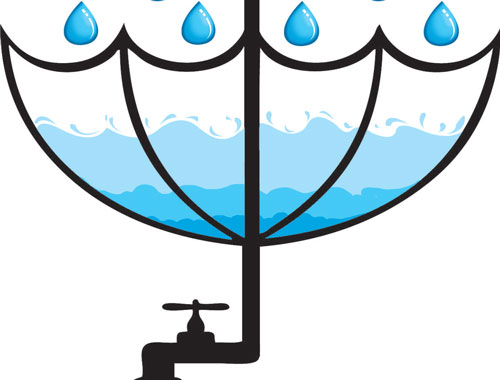Table of Content:
- Initial Setup Cost
- Limited Supply
- Quality Concerns
- Seasonal Variability
- Maintenance and Cleaning
- Space and Aesthetic Considerations
- Regulatory Challenges
Rainwater harvesting is a popular method of collecting and storing rainwater for various purposes, including irrigation, household use, and groundwater replenishment. While it is widely promoted as an eco-friendly and sustainable solution, it is essential to acknowledge that rainwater harvesting also comes with certain disadvantages. In this article, we will explore some of the drawbacks associated with rainwater harvesting.

Initial Setup Cost:
One of the primary disadvantages of rainwater harvesting is the initial setup cost. Constructing a rainwater harvesting system can be expensive, especially if you opt for a sophisticated system with features like filtration, storage tanks, and distribution networks. The cost can be a significant barrier for individuals or communities with limited financial resources, preventing them from adopting this technique.
Limited Supply:
Rainwater harvesting heavily relies on precipitation, which means the availability of water is directly dependent on rainfall patterns. In areas with irregular or insufficient rainfall, the supply of harvested rainwater can be limited. During periods of drought or extended dry spells, rainwater storage tanks may run empty, leaving users without an alternative water source. This limitation can be particularly challenging for regions prone to water scarcity.
Quality Concerns:
Rainwater is generally considered safe for non-potable purposes like irrigation or toilet flushing. However, for potable uses, such as drinking and cooking, there are quality concerns. Rainwater is vulnerable to contamination from various sources, including pollutants in the atmosphere, debris from rooftops, and microbial growth in storage tanks. Ensuring the water's purity requires proper filtration and regular maintenance, which can add to the system's complexity and cost.
Seasonal Variability:
Rainwater harvesting systems face seasonal variability in terms of water availability. In regions with distinct wet and dry seasons, the amount of rainfall can fluctuate significantly. During the wet season, there might be an abundance of rainwater, but during the dry season, the supply can diminish considerably. This inconsistency can be problematic for sustaining water-intensive activities throughout the year.

Maintenance and Cleaning:
Rainwater harvesting systems require regular maintenance and cleaning to function optimally. Over time, debris, sediment, and organic matter can accumulate in gutters, filters, and storage tanks, affecting the system's efficiency and water quality. The cleaning and maintenance process can be time-consuming and labor-intensive, especially for larger systems or those installed in hard-to-reach areas.
Space and Aesthetic Considerations:
Installing rainwater harvesting infrastructure, such as storage tanks and collection systems, requires adequate space. In urban areas or densely populated regions, finding suitable areas for these structures can be challenging. Additionally, rainwater harvesting systems can sometimes be visually unappealing, potentially impacting the aesthetics of a property or neighborhood.
Regulatory Challenges:
In certain regions, there may be regulatory challenges associated with rainwater harvesting. Local authorities might impose restrictions on rainwater collection and usage due to concerns about potential impacts on groundwater resources or conflicts over water rights. It is crucial to understand the legal framework and regulations in your area before implementing a rainwater harvesting system.

Rainwater harvesting has several advantages, including reducing water demand from conventional sources and promoting sustainability. However, it is important to consider the disadvantages associated with this technique. The initial setup cost, limited supply during droughts, water quality concerns, seasonal variability, maintenance requirements, space limitations, and regulatory challenges are all factors that should be carefully evaluated before deciding to implement rainwater harvesting. By understanding these drawbacks, individuals and communities can make informed decisions about whether rainwater harvesting is a viable solution for their specific circumstances.


You must be logged in to post a comment.